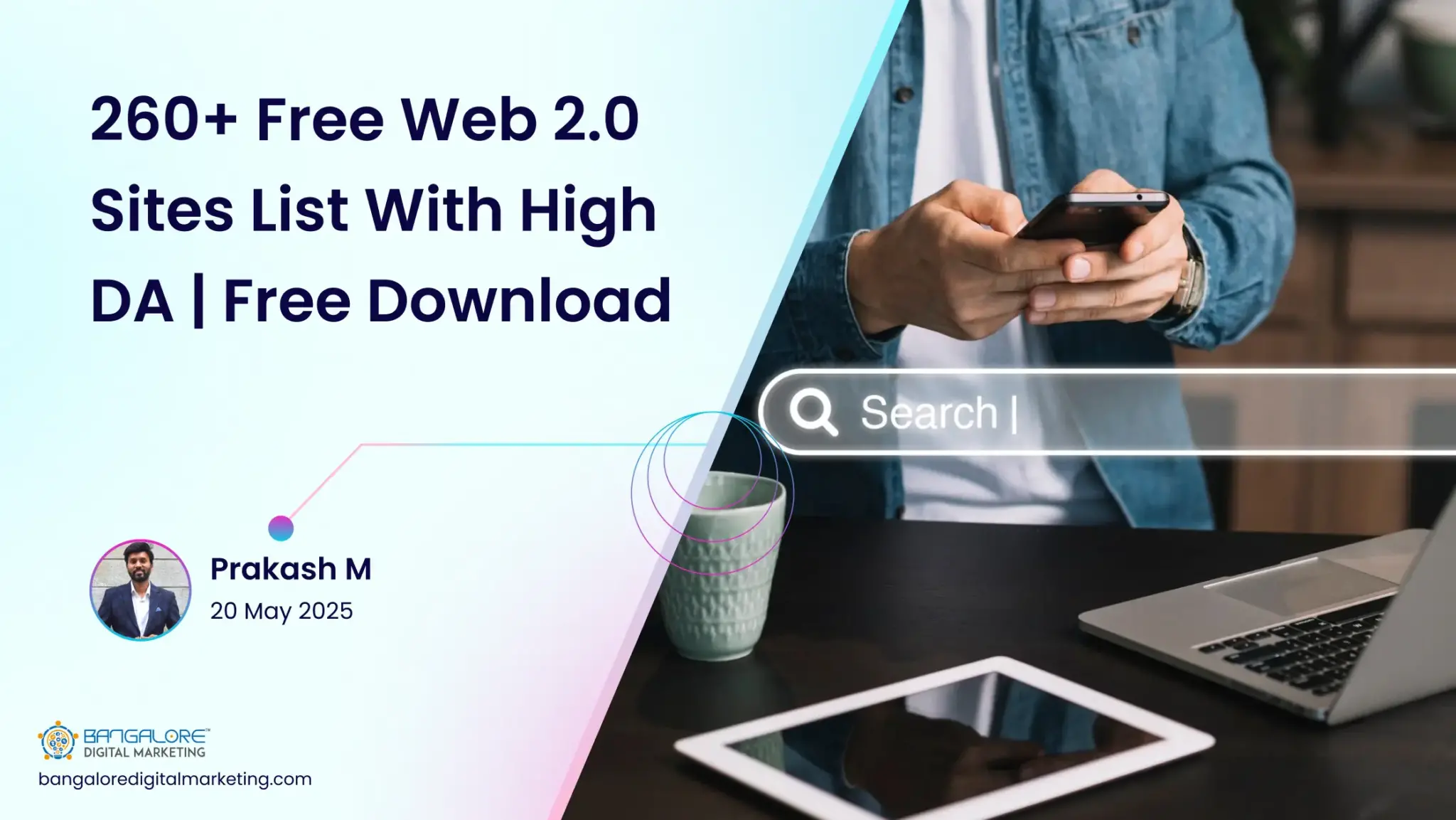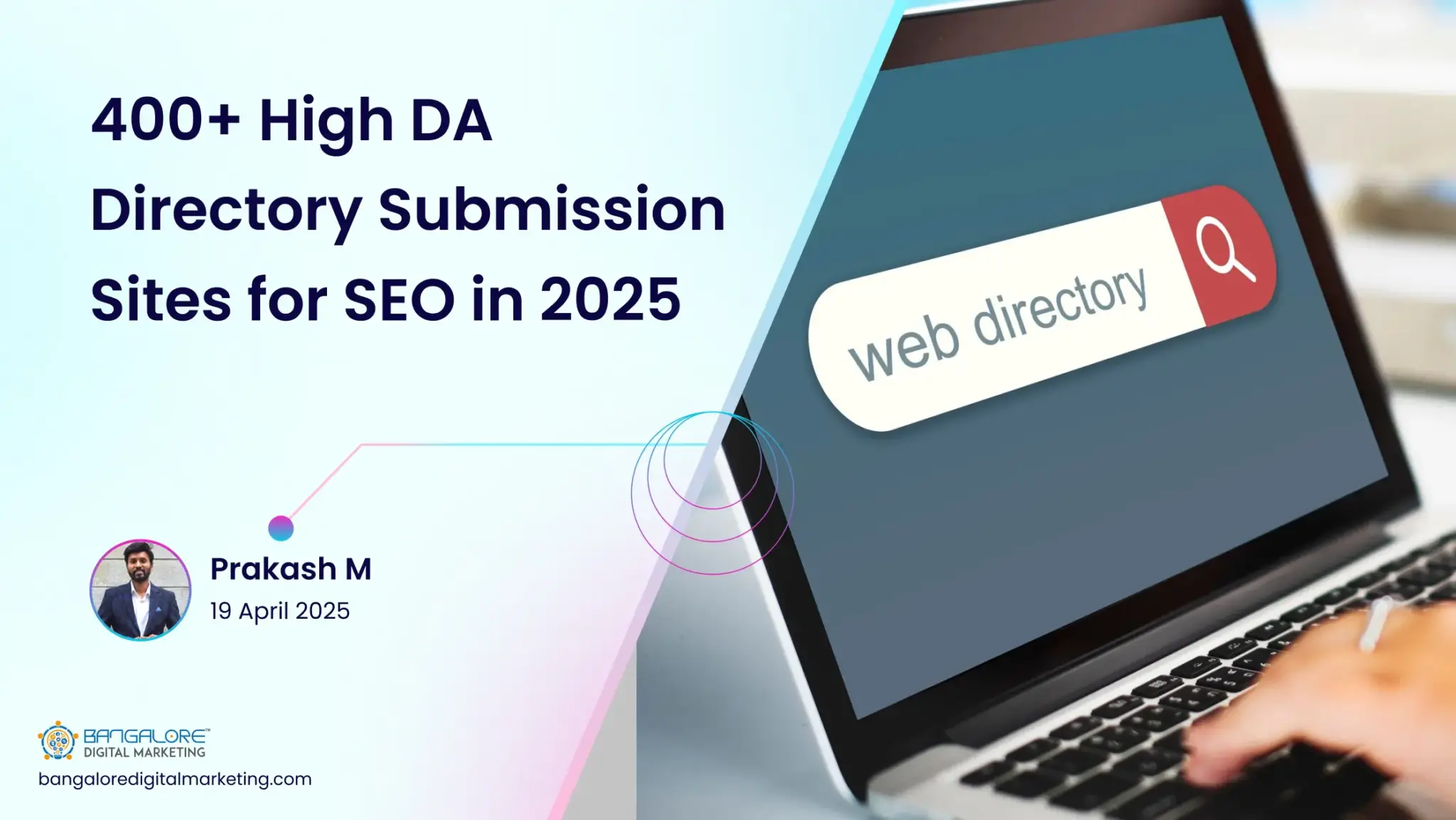Driving traffic is worth nothing if they are converting into buying customers. And let’s face facts: the majority of your visitors will not convert on their first visit. That’s where PPC retargeting comes in. It’s a marketing strategy where advertisers send promotional messages to potential customers until they have made a purchase. But it’s not as easy as it may sound.
In this blog post, we will discuss some of the top PPC retargeting tactics that will certainly help you convert leads into buying customers.
Let’s start:
1. Use Sequential Retargeting
Sequential retargeting is a great retargeting tactic that helps you nurture your potential customers to take the desired action by sending a set of new ads in a sequence.
It works wonders for your marketing campaigns, whether you have a complex product or a long sales cycle with multiple digital touchpoints. It works similarly to email nurturing, where it moves down the potential customers into a sales funnel and converts.
For effective results, you need to segment your target audience based on their actions on your website. This could be the duration of their visit, the specific landing page they visited, or downloads.
When they take a specific action, they will see a new set of ads, which will take them to the next step in the sales conversion funnel. Hiring PPC advertising services is another effective way to achieve these goals.
2. Use Paid And Organic Search Results
The secret of a successful PPC retargeting campaign is that you personalize it based on the audience’s specific actions. For instance, if a visitor uses a particular search term or phrase in order to reach your website’s landing page, it shows a high intent of buying or gaining more information.
Now, you need to retarget by displaying ads on multiple digital channels such as social media or Google Display Network based on the specific search terms they used to land on your website. You can use UTM parameters to create a list of retargeted users per Ad Group subject. These parameters also help you track and analyze the performance of your online marketing campaigns.
3. Retarget Those Visitors Who Spend More Time On Your Website
Leverage your analytics tool like Google Analytics to monitor the activity of your visitors. Ensure to keep an eye on those visitors that spend the most time on your website.
The rule of thumb is to retarget those visitors who have spent at least four minutes on your landing pages. This is because they have probably visited your website to look for information about your product and will need a nudge to take the desired action.
On the other hand, it’s well-advised to refrain from retargeting those visitors who have spent a fraction of a second on your website. Those visitors either aren’t interested in what you have to sell or click on your website by accident
4. Retarget Those Recurring Visits To A Specific Within A Certain Period Of Time.
There are customers in the consideration stage of the sales funnel. That means they are proactively researching your product and how it solves challenges similar to yours. For instance, they could be reading your customer testimonials or perusing case studies to gain a definitive idea of what your product can do for them.
5. Retarget Those Visitors Who Abandon The Checkout Page With Exclusive Offers
While using your analytics tool, you found that a visitor comes all the way to the checkout page but then abandons their carts and just leaves. Now, there may be probable reasons behind that decision. It could either be the shipping cost or the price that made them leave.
A great PPC retargeting tactic to convert leads into customers is to entice them with a coupon or an exclusive offer, such as free shipping. But when you offer such a deal, be sure to implement another market tactic: FOMO (Fear Of Missing Out). You can set a time limit, like 24 hours, to avail of this offer. This will persuade the lead to take advantage of this limited offer and convert fast. You can also opt for customer acquisition services to achieve the desired outcomes
quickly.
6. Leverage Pixel-Based/Site-Based Retargeting Ads
Pixel-based retargeting is one of the most effective ways to remind potential customers about your product while they are surfing the internet. To track your users activity, a piece of code is placed on each web page, which is sent to the user’s browser when they visit your website. This trackable pixel or cookie allows advertisers like yourself to personalize your retargeting campaigns and display relevant ads, encouraging them to take the desired action.
One of the biggest advantages of leveraging pixel-based retargeting is that it allows advertisers to easily retarget those who have clicked through or visited a particular landing page of your website. Another advantage of using this retargeting ad is that it works immediately after the visitor lands on your website. They will start viewing ads on other digital channels, convincing them to return to the web page and complete the transaction.
7. Limit Your Retargeting Frequency And Exclude People By IP
No visitor wants to be bombarded with ads. It’s counterproductive and negatively impacts your retargeting ad campaign. Your visitor will probably be annoyed and won’t ever want to deal with your business again. The rule of thumb for retargeting is to push two to three ads per day. Remember to hide your office’s IP address. Keep your IT department in the loop, as it sometimes changes automatically. Currently, only Google allows you to set the frequency of ads and the ability to block certain IP addresses. So, use it accordingly in your Google ad campaigns.
8. Avoid Homepages And Non-Converting Page Visitors
Invest your time, money, and resources in landing pages that are more likely to convert leads
into customers.
These landing pages are probably your product pages, service pages, or pricing plans pages.
Avoid retargeting those web pages that don;t contribute to your conversions. These web pages are most likely your “About Page” or home page. As on these pages, your users will most probably learn about your company.
9. Retarget Existing Customers For Onboarding And Upselling
Your retargeting should not end upon the conversion of your visitor. You can retarget them with onboarding messages that will cross-sell and upsell your product to your existing customers. One more thing: remember that if a customer buys a product or service from you and it fulfills their needs, they will be more likely to buy from you again.
As a matter of fact, 30% of consumers prefer buying from a business which they have bought from before. What’s more crazier is that, as per Adobe, repeat buyers are likely to spend 5 times more than what they actually bought the first time.
What if you don’t have an eCommerce store?
For instance, if you are a service-based business, you will still be able to gain more business as satisfied clients are more likely to spread the word of mouth about your services with their inner circle.
Remember when you visitors buy something from you, it’s more likely to trust your business. So, don’t shy from retargeting and reaching out to your existing customers again for upsell. If your products bring value, then be sure to leverage it as they will further improve your bottom line.
10. Retarget With Content That Solves Problems
If you find that your customers are visiting your knowledge base page more often, then it’s probably because they are encountering an issue while using your product. So, what you can do about it is to retarget them with an in-depth blog post that simplifies the use of the product.
Much like the tip mentioned above, it’s highly crucial to educate the visitors or customers at exactly the right time to avoid bounce or churn rates. Retargeting with relevant content that solves their problems is a great marketing tactic that acquires new customers and retains the existing ones.
11. Retarget Those Users Who Are At The End Of Their Subscription Plan
So, you have a customer who has subscribed to your service or a product like a Spotify subscription. Whether its a monthly or annual subscription, at the end of it, you can retarget them about renewing their subscription to your service. All you need to do is pause the campaign until the last week or month of subscription, reminding and encouraging them about the renewal of your service.
12. Use CRM Retargeting To Create Custom Audience Groups
Customer Relationship Management (CRM) system is a sales management tool that keeps the contacts of all the leads interacting with your business. This tool doesn’t need cookies to keep track of all the leads. Instead, it uses the leads’ email addresses.
By using your CRM email lists, you will be able to segment your audience on Facebook and Google. Furthermore, this email list also enables the integration of email addresses with social media accounts and other digital channels such as Gmail. Thus, it keeps in the loop when these email address owners are logged in. So, you can leverage that data to create unique audience groups and retarget accordingly.
Conclusion
The primary purpose of PPC retargeting tactics is to display ads to your potential customers to all digital channels. Being omnipresent is crucial to increase brand awareness and nurture your leads to turn into buying customers.
Successful PPC retargeting tactics are based on trust and confidence. Visitors are more likely to engage with ads if they are familiar with the product and service.
Finally, when retargeting, leverage to conduct split tests to find new criteria. It’s your surefire way to propel your retargeting campaign to success. Hope this content helps you of you looking Digital Marketing Company for you business please connect us





